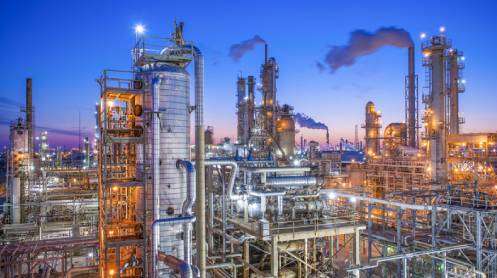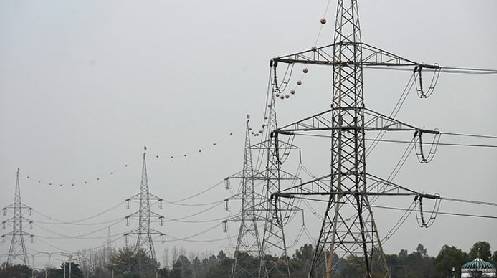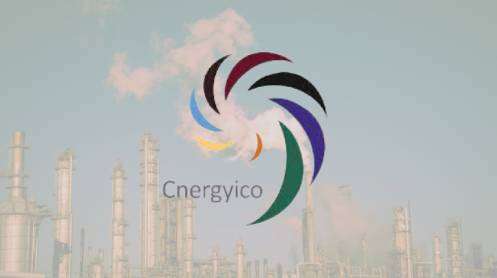ISLAMABAD: In a significant policy intervention, newly appointed Petroleum Minister Ali Pervaiz Malik has taken decisive steps to shield Pakistan’s struggling oil refineries from further financial losses—measures that industry leaders say could unlock up to \$6 billion in long-stalled investments.
The move comes as delays in implementing the Brownfield Refineries Policy 2023 had deterred foreign investors and stalled crucial plant upgrades. Malik also initiated the long-overdue implementation of the 35% third-party gas allocation facility, pending for years, to promote greater competition and transparency.
Recent changes in the Finance Act 2024 classified key petroleum products—petrol, HSD, kerosene, and LDO—as “exempt”, blocking refineries and oil marketing companies from claiming input sales tax worth an estimated Rs34 billion for FY 2024-25.
To mitigate this, the government allowed a 12-month recovery mechanism by enabling refineries to charge Rs2.09 per litre on HSD and Rs1.09 on petrol. The decision was endorsed by the Economic Coordination Committee and the prime minister.
Industry leaders, including Attock Refinery CEO and OCAC Chairman Adil Khattak, praised the minister and petroleum secretary for resolving the tax recovery issue. However, Khattak urged the government to permanently address the sales tax exemption in the upcoming budget.
Pakistan Refinery Limited (PRL), which failed to attract investors in its first tender due to policy delays, has reissued its tender with a deadline of May 30, but concerns remain about investor confidence.
Modernisation projects are expected to double diesel production and improve fuel quality. Currently, Pakistan’s refineries produce diesel ranging from Euro I to Euro V standards, with ongoing upgrades aimed at meeting global environmental benchmarks.
Industry officials emphasize that local refinery upgrades will significantly reduce the need for costly imports—each HSD cargo currently costing around \$45 million—and strengthen national energy security.
Story by Zafar Bhutta







